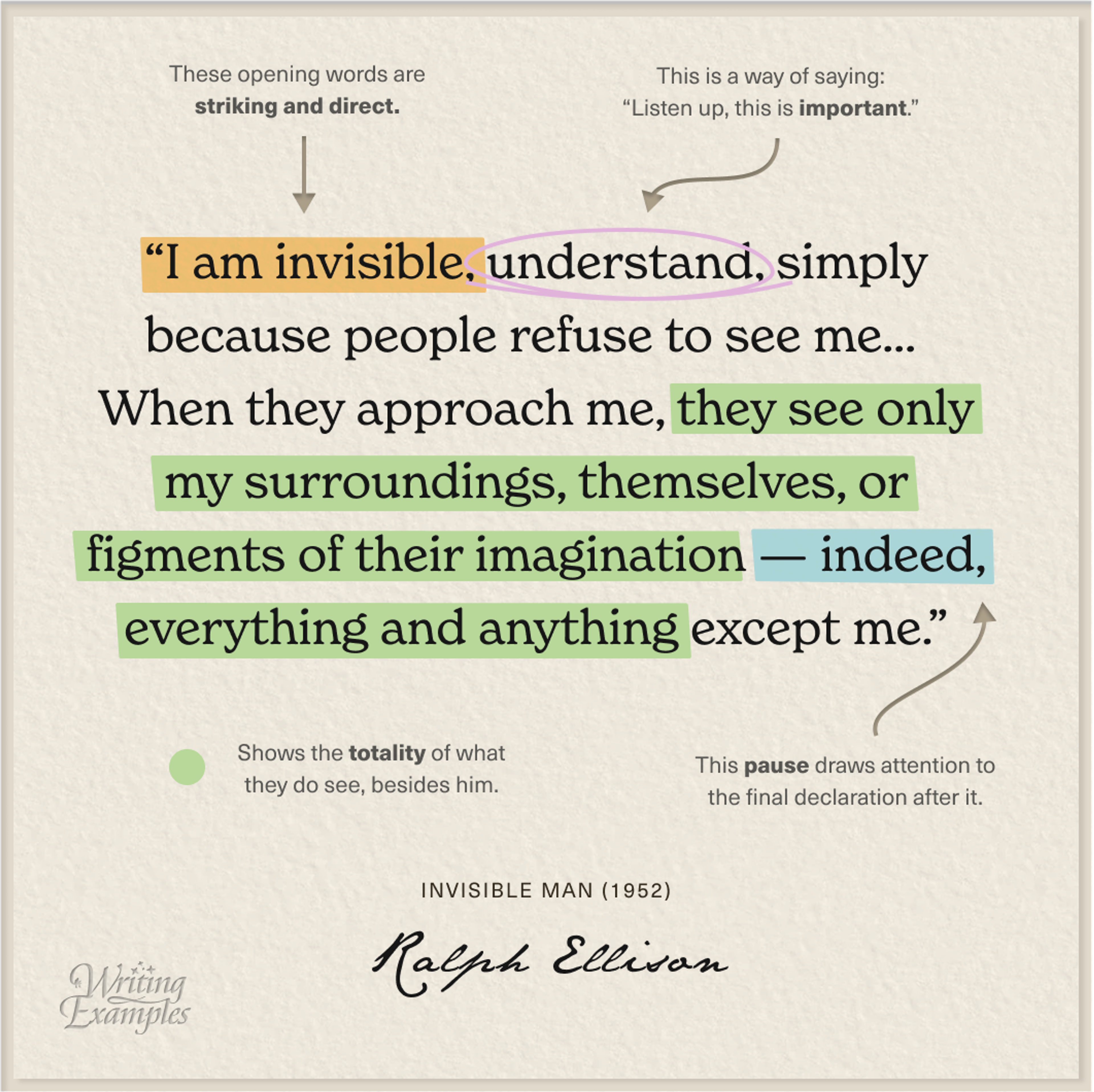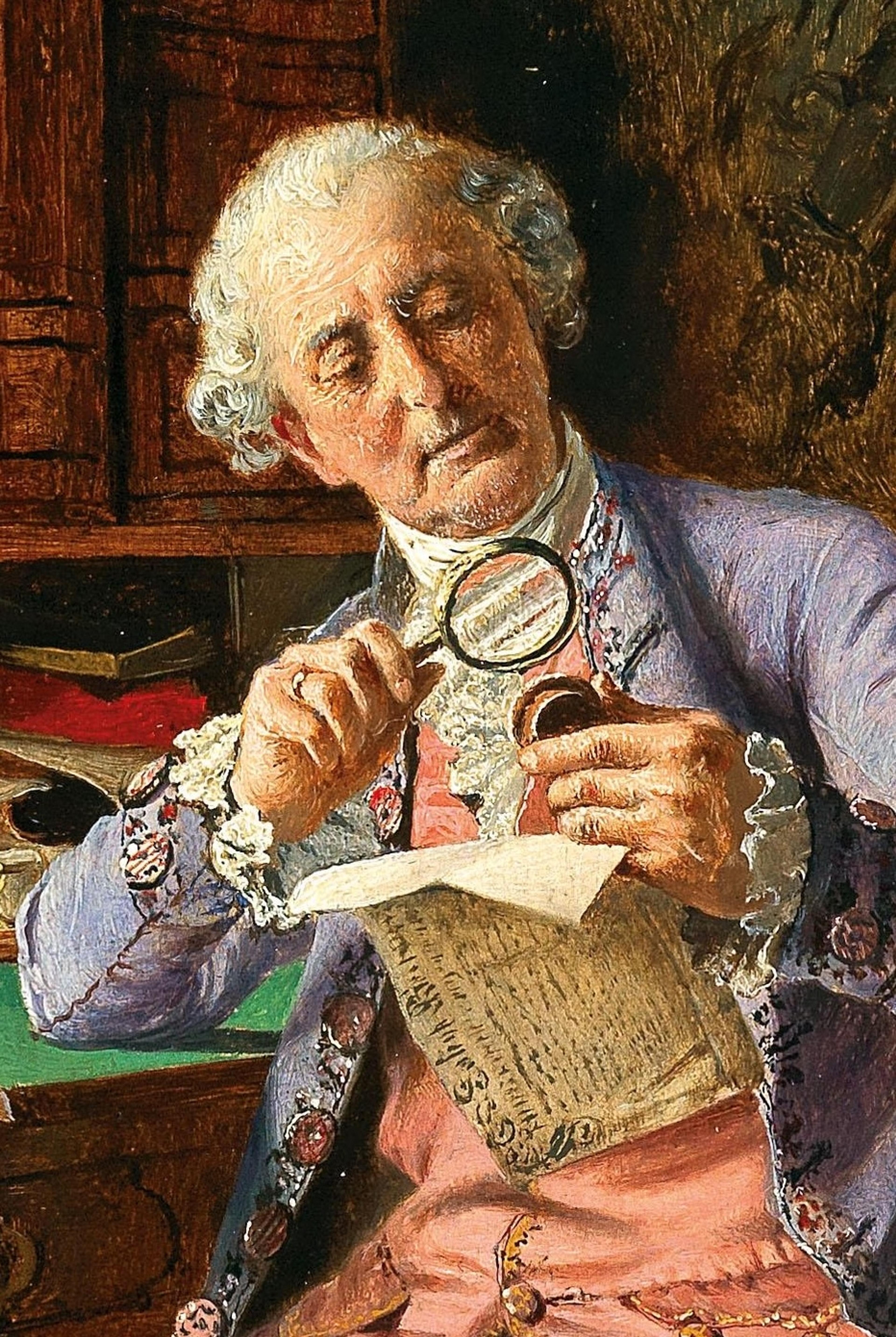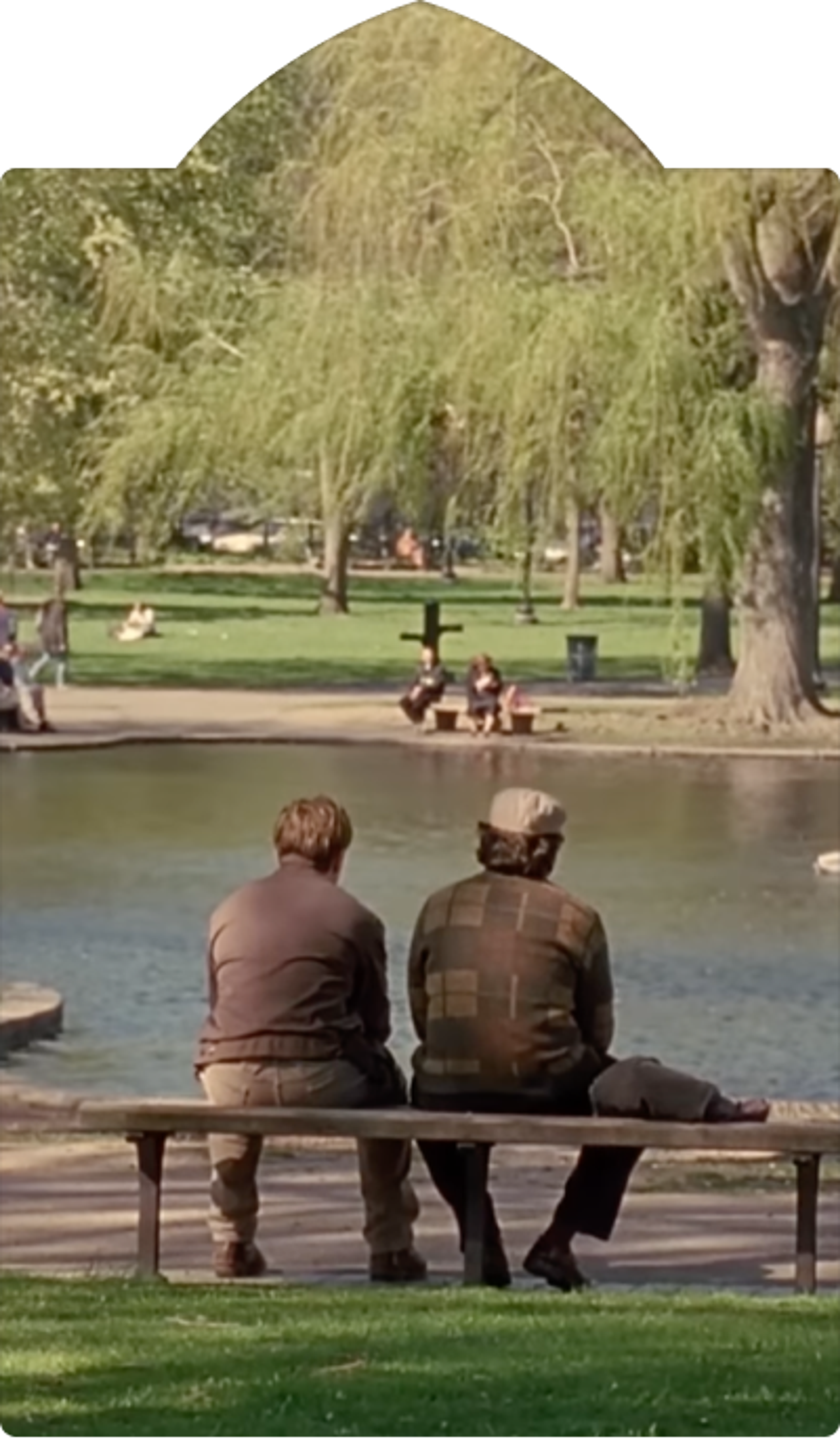HOW TO
DescribeIsolation


nvisible Man is a cornerstone of American literature for its portrayal of how stereotypes and projections can block us from seeing the humanity in others.
A more generic version might’ve said: “People don’t see me for who I really am. They’re blinded by their own perceptions or the standards of society.” But these words lack impact because even if they’re true, they feel flat and clichéd.
Ellison’s approach is better. Notice the contrast between the narrator’s self-awareness and how invisible he is to others. That’s what brings the passage to life. The result is a silhouette: an absence made vivid by the fullness of what surrounds it.
He focuses on what they do see: his surroundings, their assumptions, their own biases. As readers are forced to reckon with the gap between the narrator’s humanity and society’s indifference towards him, the shape of the Invisible Man comes into focus.
Read More
Write like the Greats
New Writing Examples, right in your inbox.
“Beautiful, playful, and high-quality. Kudos.”
Clayton
from Missouri, USA



